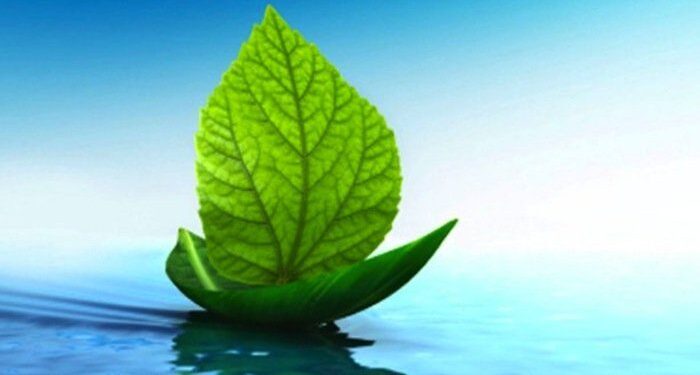During an interview with the SAFETY4SEA team at Nor-Shipping 2019, Jan Erik Rasanen, Head of New Technologies, Foreship, talked about the need of today’s ships to comply with upcoming legislations, providing an overview of the major highlights regarding alternative propulsion technologies for ships.
In particular, Mr. Rasanen noted that currently there are three different areas: batteries, fuel cells and bio-fuels. When it comes to batteries, he said, more and more ships are now choosing them, especially cruise ships, despite the fact that they have been around for quite some time. On the other side, some fuel cells pilot projects have been done, especially in Europe and Norway to see if the technology fits for the marine industry which looks promising from the technology perspective. Another alternative option is bio-fuels which are able to assist the industry in reducing its carbon dioxide footprint.
From the above options, even though we have already witnessed the use of batteries, Mr. Rasanen stressed that many ports are not ready yet in terms of technology and preparation.
I don’t think that the ports are ready. If you look at the cold ironing aspects, port authorities have difficulties building the infrastructure for cruise ships to connect to shore power
he commented.
[smlsubform prepend=”GET THE SAFETY4SEA IN YOUR INBOX!” showname=false emailtxt=”” emailholder=”Enter your email address” showsubmit=true submittxt=”Submit” jsthanks=false thankyou=”Thank you for subscribing to our mailing list”]
On the other hand, he said that there are good examples in the US, where container ships are demanded to connect to shore power whenever they are in berth. However, there is not the same kind of development in the rest of the world.
Nevertheless, he explained that the infrastructure exists, and is able to support different voltage levels and frequencies.
It has taken a lot of time to come to the level it is today, but it’s not nearly enough to start to talk about supporting battery charging
…Mr. Rasanen stated. To address this, shipowners must step in and take a bigger role in that particular infrastructure themselves.
Continuing, Jan Erik Rasanen talked about the right environmental and financial incentives to enable battery power for vessels as there is a potential market for batteries to be larger in scale.
But when it comes to the fuel cells aspect of the industry, there ‘we have a long way to go because the infrastructure price is so high’. In this sector, the pilot projects that are taking place, are mainly receiving funds from organizations, like the EU.
They are all good to help the industry reduce its emissions, but then for the long-run I don’t think that financial support from governments is helping the situation. The only thing that will help is to have higher prices for cargo transportation, as well as higher ticket prices
Finally, as recently Norway adopted new regulation regarding zero-emissions in the fjords, Mr. Rasanen explained how this will affect the cruise and coastal shipping industries.
Specifically, he stated that ‘if you are building a ship today you should be aware that new legislation is coming up, and design it to have flexibility and future-proofed technologies.’
He also mentioned that someone can have a ship with traditional main engines in areas where they are still allowed to operate freely. However, they can also have zero-emissions technologies, like batteries or fuel cells, in the special areas, such as the Norwegian fjords.






























































